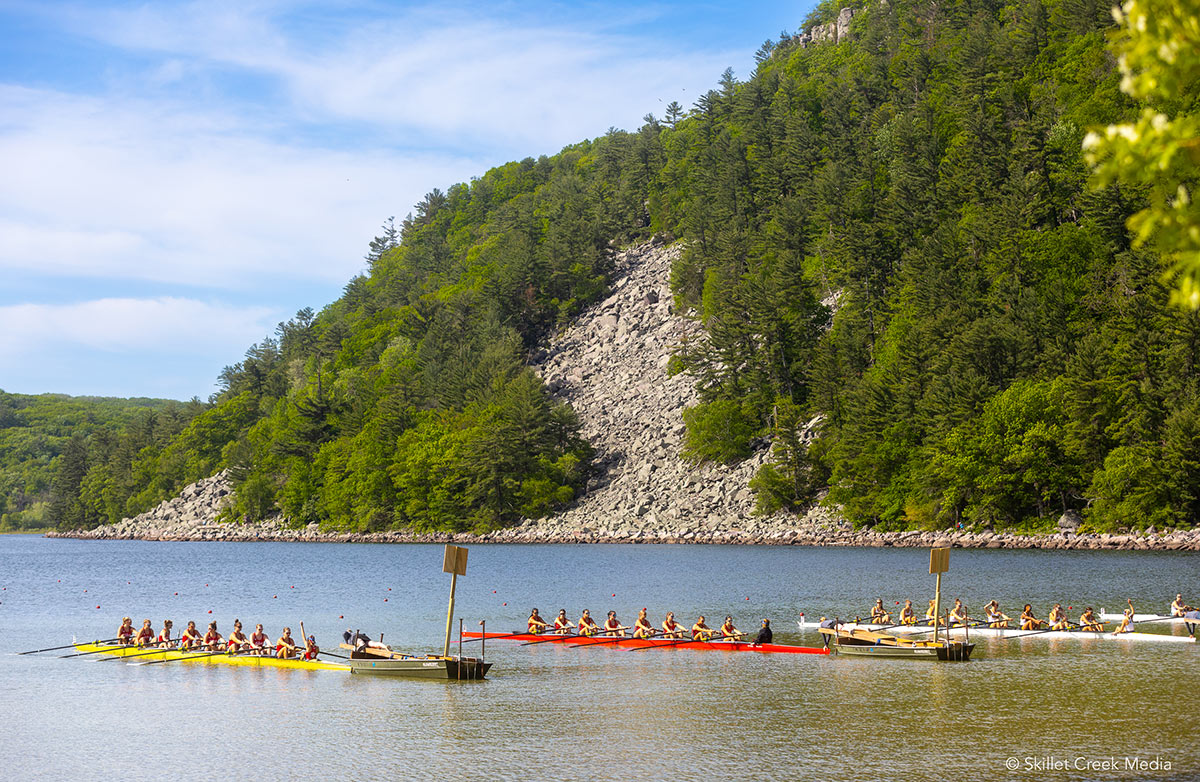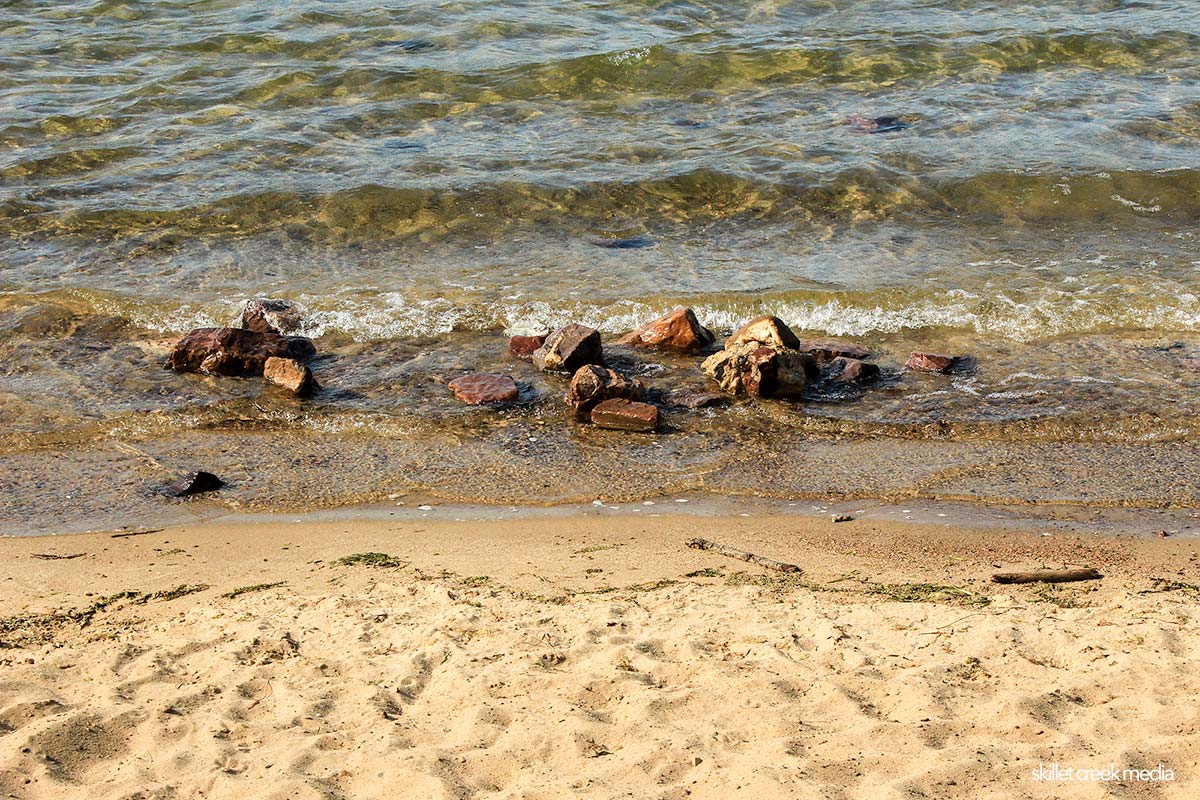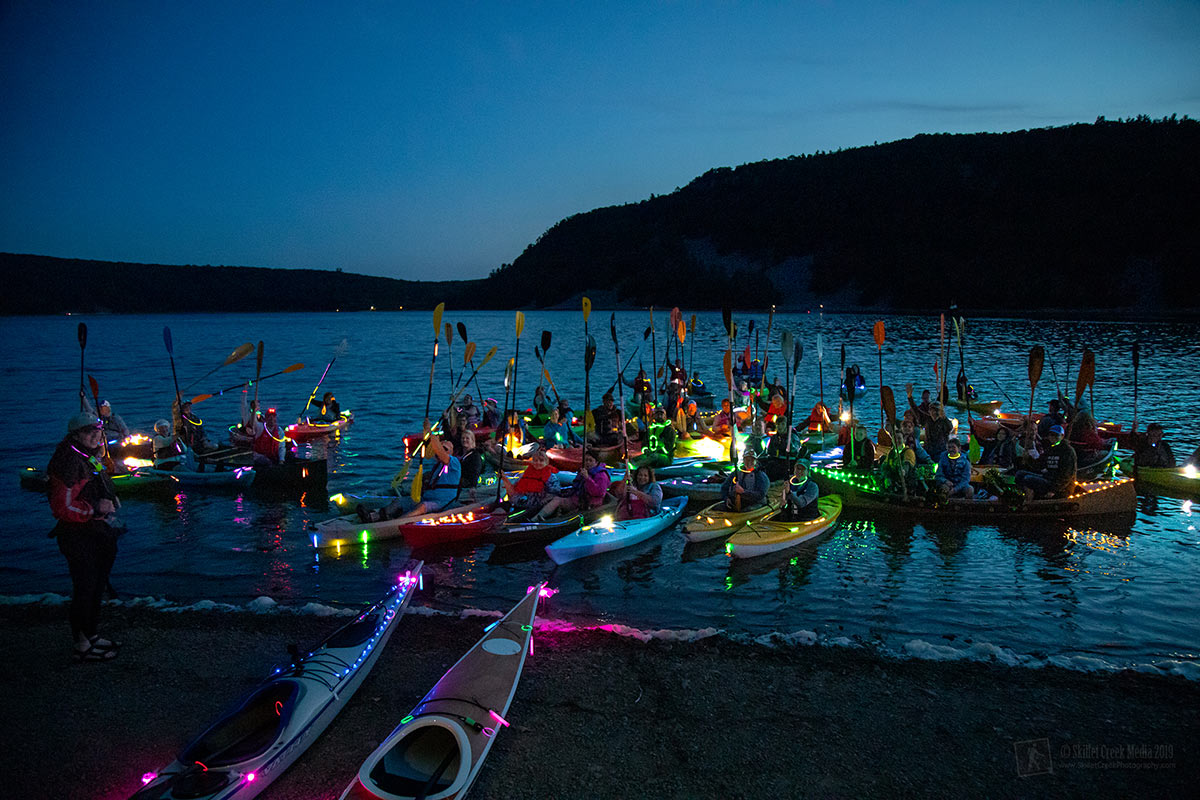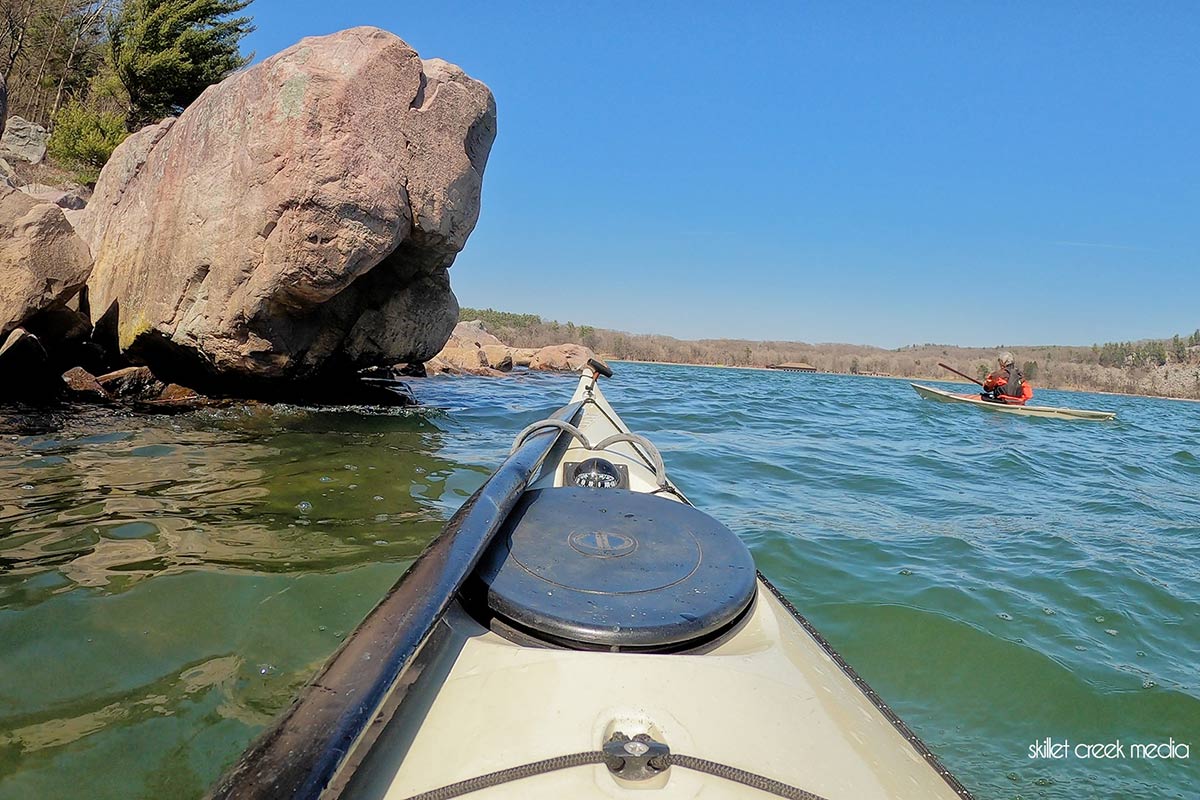
With our sudden blast of warmer weather, it’s tempting to jump into the water and enjoy some water activities, such as paddling, boating, fishing, or if you’re a bit crazy, swimming. But please remember that the water may still be very cold and pose some serious risks to your health and safety.
So let me take a few moments to review the importance of cold water safety and share some tips on how to stay safe on the water.
Understanding the Risks
Before you head out to the water, it’s important to understand the risks associated with cold water. Here are three main risks that you should be aware of:
Cold Shock
Cold shock is the body’s immediate response to being immersed in cold water. It can cause gasping, hyperventilation, and involuntary inhalation of water, which can lead to drowning in a matter of minutes. Even if you’re a strong swimmer, you may not be able to swim to safety if you experience cold shock.
Swimming Failure
Swimming failure occurs when your body temperature drops due to prolonged exposure to cold water. Your muscles may become weak and numb, making it difficult to swim or even stay afloat. Swimming failure can lead to exhaustion, loss of consciousness, and drowning.
Hypothermia
Hypothermia is a condition in which your body loses heat faster than it can produce it, resulting in a dangerously low body temperature. Hypothermia can cause confusion, drowsiness, and even cardiac arrest, and can be fatal if left untreated.
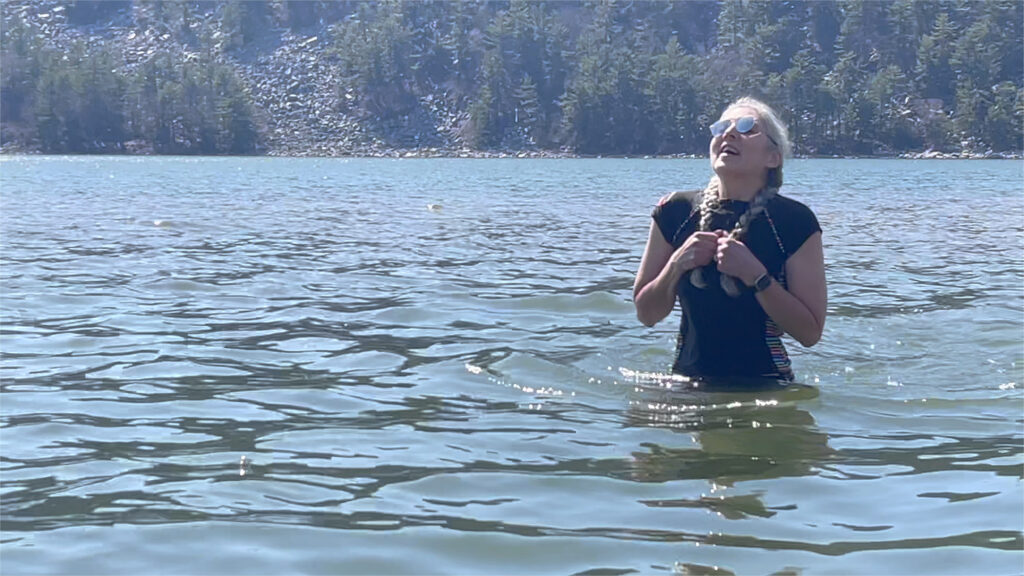
Staying Safe on the Water
To stay safe on the water, here are some tips that you should follow:
Proper Clothing
Wear appropriate clothing that can protect you from cold water, such as a wetsuit, drysuit, or other insulation layers. A life jacket is also essential, as it can help you stay afloat and conserve energy. Don’t forget to protect your extremities, such as your hands and feet, by wearing gloves and boots.
The 100-Degree Rule
Before heading out on the water, consider the 100-degree rule. This rule states that the combined air and water temperature should be at least 100 degrees Fahrenheit. For example, if the water temperature is 50 degrees Fahrenheit, the air temperature should be at least 50 degrees Fahrenheit. If the combined temperature is less than 100 degrees Fahrenheit, you should reconsider going on the water.
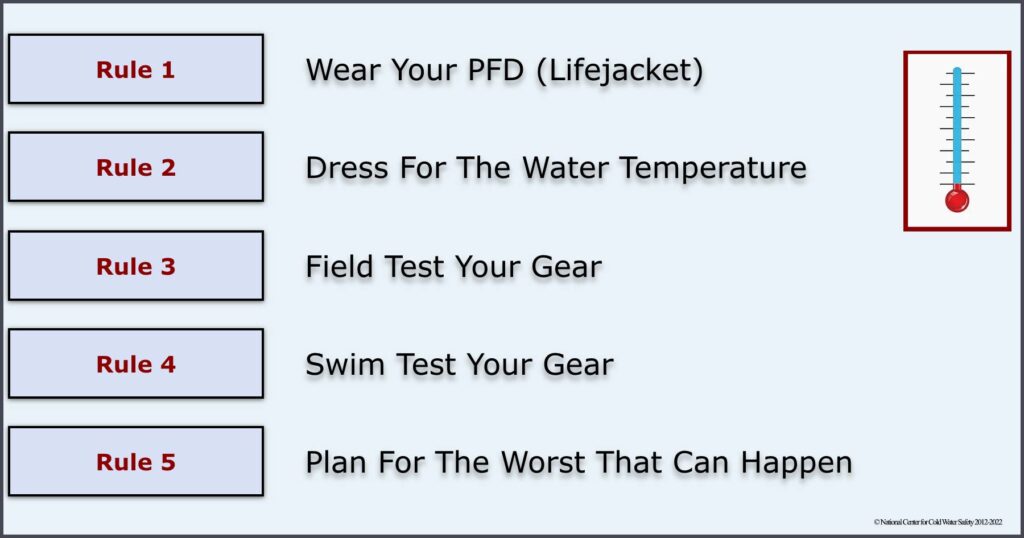
Other Safety Tips
- Never go on the water alone. Always bring a buddy or let someone know where you’re going and when you’ll be back.
- Know your limits and don’t push yourself too hard.
- Avoid alcohol and drugs, as they can impair your judgment and increase the risks of accidents and injuries.
- Be aware of your surroundings and any hazards, such as rocks, rapids, or strong currents.
- Always wear a helmet if you’re paddling in whitewater or other hazardous conditions.
Conclusion
As fun as water activities can be, it’s important to prioritize your safety and the safety of those around you. By understanding the risks, dressing appropriately, following the 100-degree rule, and practicing other safety tips, you can have a fun and safe time on the water. Remember, it’s always better to be safe than sorry!
More To Learn
- 5 Golden Rules – National Center for Cold Water Safety
- Cold Water Survival – American Canoe Association

For nearly 2 decades the Skillet Creek blog has focused on 3 main goals; To inspire you to visit and explore the Devil’s Lake region, to help you get the most your visit by sharing tips, events, and other helpful information. Lastly to advocate for our environment & wildlife and talk about how we can keep our natural areas amazing now and into the future! That last goal can sometimes cause controversy, but it’s the only way we can accomplish the first two. – Derrick Mayoleth, Owner.

